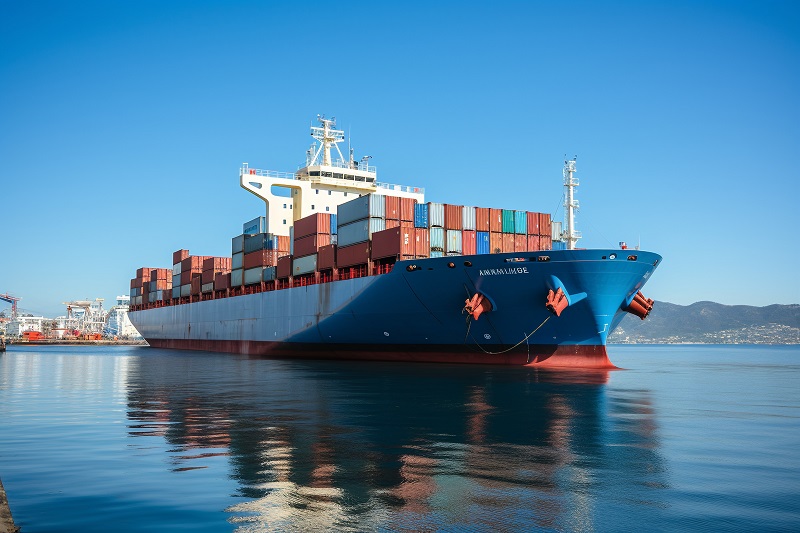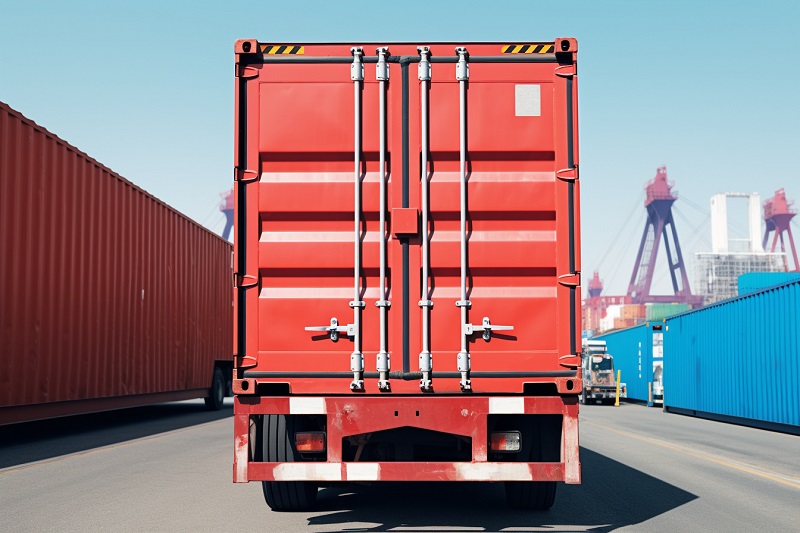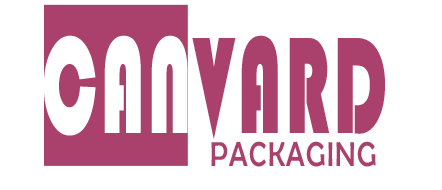Seven Things You Need to Know When Importing Products from China to the U.S.
Service Standards for U.S. Cargo
Goods destined for the United States require meticulous service, and the services after arrival at the port are also very important. If no customs brokerage proceeds within 15 days after the goods arrive at the port, the goods will enter the G.O. warehouse, and the fee standards of the G.O. warehouse are very high.
Agency Qualification Review
For the U.S. route, besides the shipping companies, all legitimate freight forwarders engaged in the U.S. line must own a freight forwarding company registered in the U.S. (FMC) and have an official NVOCC code, otherwise, they cannot receive corresponding legal protection if any problems occur during the transportation in the U.S. Not all first-level freight forwarders are FMC registered members, so it is crucial to confirm in advance.
Detailed Regulations
- Confirming the specific transportation destination in U.S. trade is very important, as many clients have different warehouses all over the U.S., and it is crucial to finally confirm their FINAL DESTINATION during transportation. Especially since there are many places with the same name in the U.S., like Washington, which has four or five, it is very likely to send the wrong goods if the client does not have the week name and zip code. The vast land and sparse population in the U.S. mean that trailer fees are often more than a thousand dollars, so it is most critical to clarify and allocate responsibilities with the client.
- Large U.S. customers have many requirements for logistics fee services provided by suppliers. A. Customers often have sectional requirements for loading containers, which is especially important for goods sold to foreign supermarkets (such as the order of placement, quantity requirements, and documents included in the container). B. Deliver on time as per customer requirements. It is crucial to track the dynamics of the container as many foreign clients will require the goods to arrive at the port before a specific time (SHIPPING PERIOD), and delays by the factory may cause substantial fines abroad. Tracking the logistics goods is also very key. C. Provide accurate and timely documents for customs clearance abroad, generally speaking, foreign customs clearance can be done 7 days before the ship arrives, to avoid possible DETENTION and DEMURRAGE, many times it is often because of the delay of documents that causes foreign detention fees.
- Port overdue pickup fees and demurrage charges: The company charges them, and for large customers, more free use dates can be given. Port demurrage fees: Charged by the shipping company’s terminal, and they vary from one terminal to another.
Freight Rates
All freight forwarding companies on the U.S. line use contracted prices, but not every freight forwarding company has the price of the U.S. line; only those with strong capabilities can sign the U.S. line prices directly with various shipping companies. Because there is an organization in the United States called FMC, its role is to adjust the transportation prices of all shipping companies in the United States to protect the interests of American customers.

Weight Limitations
Here, the weight limit = the weight of the goods + the weight of the container. The requirements for the weight of goods to the U.S. line are very strict, mainly affected by the road weight limit to inland points in the U.S., typically small containers 17.3 tons, and tall high containers 19.5 tons. However, different ports have different weight limits, and if it is necessary to transport overweight goods to inland points in the U.S. as per customer requirements, there are generally three ways to handle it:
- Under-declare booking data, customs data, and manifest data to make the weight acceptable for shipment. Disadvantage: If checked and weighed on U.S. roads, there could be heavy penalties.
- Offload at the base port, then redistribute and transport the overweight part separately. Disadvantage: If the inland point for transfer is far, the cost is high.
- Some shipping companies can transfer directly from the base port terminal to the inland point by rail in the U.S., which can reach the inland point. If it needs to be delivered to the door point, it can be transported locally with a three-axle heavy chassis, and this part of the trailer fee is about 30% more expensive than the general trailer fee. Difficulty: Finding such a shipping company, inquiring about the inland point with this service, and finally having a good local agent to arrange the transfer of the overweight trailer. Generally, the first method is not recommended. Due to regulatory issues, there is a relatively high chance of being checked and weighed on U.S. roads, and taking chances might lead to more loss than gain.
Customs Clearance Rules
- U.S. Customs receives AMS declaration data from the exporting country after the ship departs.
- Local freight forwarding companies or customs brokers in the U.S. must receive the necessary import documents and arrival notices from the shipping company one week before the ship arrives.
- Apply for import customs declaration and inspection with U.S. Customs, and submit documents to the destination port shipping company to request cargo release.
- Provide the container release proof to the consignee’s trucking company or have it transported to the designated warehouse by the local agent.
- In the TO DOOR situation, the operation process of delivering goods must be done when the consignee is ready. The trucking company only provides two hours of loading and unloading time at the warehouse, with additional hours charged. Door delivery must not exceed the U.S. road weight limit.
Import Documentation Requirements
The global H.S. CODE is uniform, but to confirm the taxes and fees abroad, the most accurate product name description must be provided. The determination of tariffs in the United States is one of the most troublesome matters in the world: if there are DDP customers, the most accurate product name and H.S. CODE must be provided, and customers who receive shoes need to send sample shoes abroad for confirmation.


